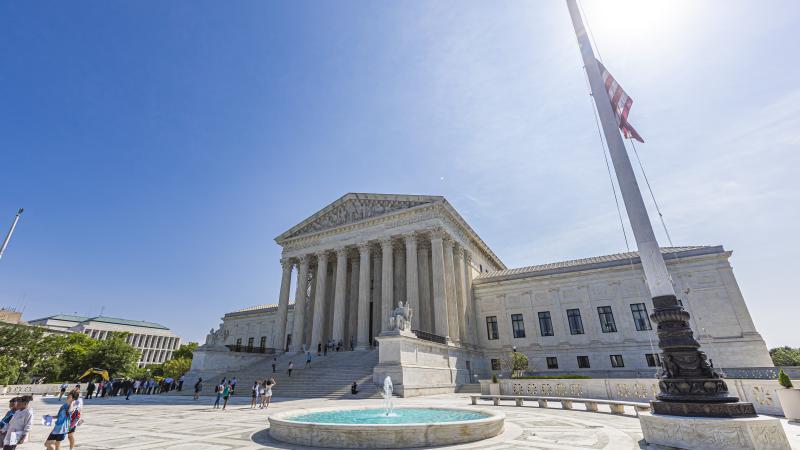Report: Pennsylvania energy affordability lagging
The report says the average retail price is 11.86 cents per kilowatt-hour. Total retail sales in megawatt-hours are 145 million.
Even as a natural gas haven, Pennsylvania ranks only 32nd in energy affordability in the Energy Affordability 2025 report from the American Legislative Exchange Council.
The report says the average retail price is 11.86 cents per kilowatt-hour. Total retail sales in megawatt-hours are 145 million.
Natural gas (55%), nuclear (32%), coal (10%), wind (2%) and hydroelectric (1%) represent the top generation sources.
ALEC says existing policies, such as a renewable portfolio standard and net metering, that are meant to wean the state off fossil fuels have made affordability worse.
Pennsylvania is one of the nation’s top power exporters and natural gas producers and the complex debate among policymakers to move the industry forward is fraught.
The acceleration of fossil fuel plant retirements, coupled with long construction timelines for cleaner alternatives, means Pennsylvania needs to find a way to bridge the gap amid a projected 20% rise in energy demand over the next four years.
For Gov. Josh Shapiro, that means considering anything and everything to solve the problem – like leaving PJM, the regional transmission organization that manages the power grid for 65 million people east of the Mississippi River.
The step would be unprecedented. PJM traces its history to 1927, when utility companies in Pennsylvania and New Jersey banded together in a first-of-its-kind power pool. Over the intervening 100 years, the organization grew its footprint across 13 states in the mid-Atlantic and Midwest, becoming the largest power grid operator in the country.
Pennsylvania is the “P” in PJM, at least for now, and its where 25% of the power necessary to run the grid is generated.
“It has proven, over the last number of years, too darn hard to get enough new generation projects off the ground because of how slow PJM’s queue is,” Shapiro said Thursday. “So we are exploring all options here in Pennsylvania, including removing ourselves from PJM, going it alone, and determining if that is a better course for both consumer pricing and power generation in our commonwealth.”
But many Republican legislators say the simplest way to manage the transition is to slow it down. Natural gas plants, they say, have both lowered emissions in the commonwealth over the last 15 years and dwindled it’s reliance on coal.
The same gradual shit can happen toward lower-emission forms of energy without jeopardizing grid stability.
For its part, PJM remains confident about the future.
In a recent statement to The Center Square, PJM spokesman Jeff Shields said that the organization has managed generation transitions in the commonwealth for decades, including the switch from coal to natural gas over the last 20 years.
And, thanks to its updated interconnection process – the queue referenced by Shapiro – projects totaling more than 200,000 megawatts will have service requests complete by the end of 2026.
“PJM’s reformed process, broadly supported by the industry, developers and PJM states and approved by the Federal Energy Regulatory Commission, is working,” he said, noting that more than 50,000 megawatts of generation isn’t operational yet “due to a number of obstacles, including state and local permitting.”
“We stand ready to work with Gov. Shapiro and all our states to clear these hurdles while we continue to implement our reforms and look for further opportunities to streamline the interconnection process,” Shields said.















